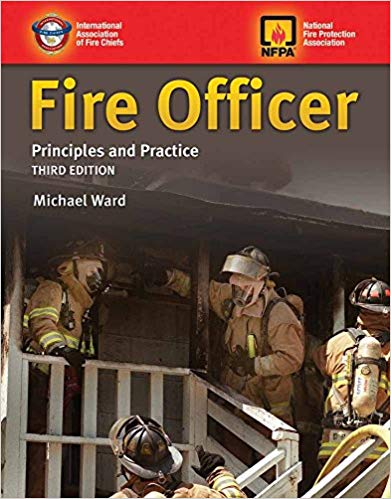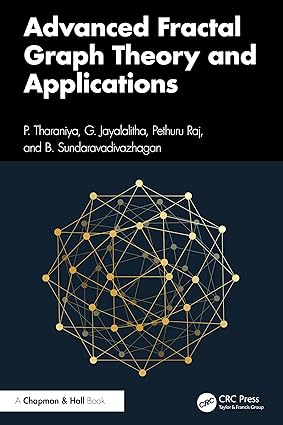Your Complete Fire Officer I and Fire Fighter II Training Solution!
The National Fire Protection Association (NFPA) and the International Association of Fire Chiefs (IAFC) are pleased to bring you the Third Edition of Fire Officer: Principles and Practice, the next step in the evolution of Fire Officer I and II training. Covering the entire spectrum of the 2014 Edition of NFPA 1021: Standard for Fire Officer Professional Qualifications, the Third Edition includes the following updates:
• Separation of Fire Officer I and II Level content throughout the textbook and student, instructor, and technology resources.
• The latest developments in social media and media relations; NIST research on fire dynamics; fire fighter safety and health issues; and fireground accountability and rapid intervention practices.
• A reorganization of chapters to improve course delivery, including a new chapter on Rules of Engagement.
• New end-of-chapter tools, including Fire Captain (Fire Officer II) activities and comprehensive case studies that progress within each chapter throughout the textbook.
• All new Voices of Experience essays and Near-Miss Reports.
• Addresses the course objectives for FESHE's Principles of Fire and Emergency Service Administration model curriculum
Build the next generation of great fire service leaders with the Third Edition of Fire Officer: Principles and Practice.
چکیده فارسی
راه حل آموزشی کامل آتش نشانی I و Fire Fighter II شما!
انجمن ملی حفاظت از آتش (NFPA) و انجمن بین المللی روسای آتش نشانی (IAFC) خوشحالند که نسخه سوم کتاب افسر آتش نشانی: اصول و تمرین، مرحله بعدی در تکامل آموزش افسران آتش نشانی I و II را برای شما به ارمغان می آورند. نسخه سوم شامل نسخه 2014 NFPA 1021: استاندارد برای صلاحیت های حرفه ای افسر آتش نشانی، شامل به روز رسانی های زیر است:
• جداسازی محتوای سطح اول و دوم آتش نشانی در سراسر کتاب درسی و دانش آموز، مربی و منابع فناوری.
• آخرین تحولات در رسانه های اجتماعی و روابط رسانه ای. تحقیق NIST در مورد دینامیک آتش. مسائل ایمنی و بهداشت آتش نشانان؛ و پاسخگویی زمین آتش و شیوه های مداخله سریع.
• سازماندهی مجدد فصول برای بهبود ارائه دوره، از جمله فصل جدیدی در مورد قوانین مشارکت.
• ابزارهای جدید پایان فصل، از جمله فعالیت های کاپیتان آتش نشانی (افسر آتش نشانی II) و مطالعات موردی جامع که در هر فصل در سراسر کتاب درسی پیشرفت می کنند.
• تمام مقالات جدید Voices of Experience و گزارش های نزدیک به خانم.
• به اهداف دوره برای برنامه درسی مدل مدیریت خدمات آتش نشانی و خدمات اضطراری FESHE می پردازد
نسل بعدی رهبران بزرگ خدمات آتش نشانی را با نسخه سوم کتاب آتش نشانی: اصول و تمرین بسازید.
ادامه ...
بستن ...
Ebook details:
عنوان: Fire Officer Principles and Practice
نویسنده: 9781284026672
ناشر: Jones & Bartlett Learning; 3 edition (December 20, 2013)
زبان: English
شابک: 1284026671, 978-1284026672
حجم: 23 Mb
فرمت: Epub + Converted Pdf
ادامه ...
بستن ...










